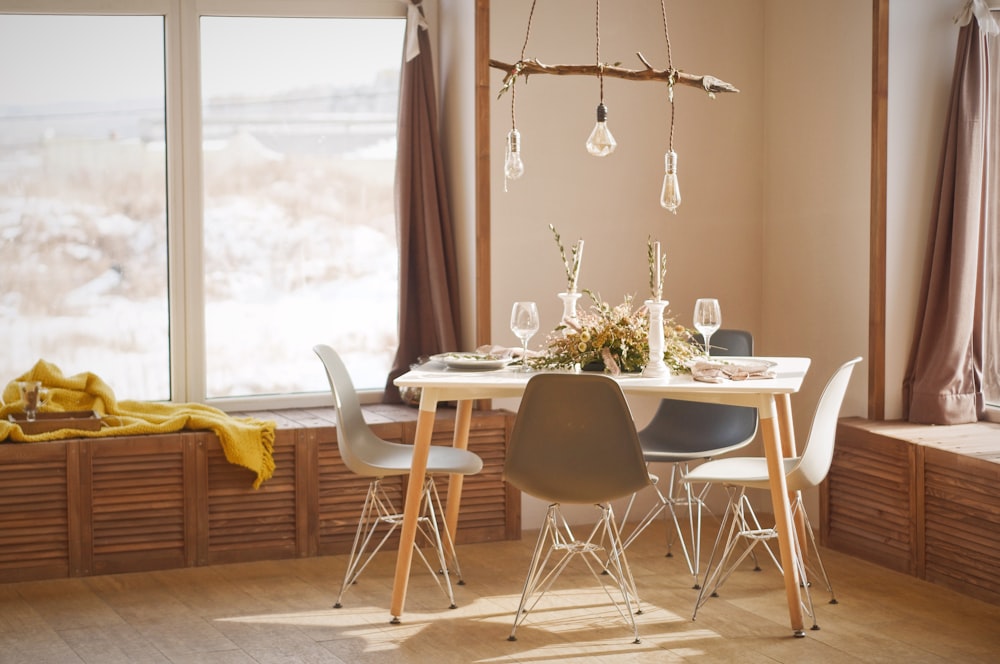September is National Family Meal Month and if you don’t have a solid family meal routine set, here are a few benefits that may help motivate you to get a regular family meal routine in place.
For younger families, family mealtime means new parents feel more satisfaction with their marriages. Young children develop larger vocabularies and that helps with reading performance. Also starting young kids out with family dinner means better eating patterns lower risk of weight problems later in life.


For families with teens, benefits include higher grades, lower incidence of high-risk behaviors like substance abuse, eating disorders, and teen pregnancy. Teens that regulary eat family dinner have lower risk depression and anxiety and better cardiovascular health. Plus, family dinner is a great chance to check in with kids and have some valuable face-to-face communication.
But family dinner isn’t just a benefit for kiddos, adults benefit as well. Better nutrition with more fruits and veggies and less fast food, less dieting, lower risk of depression and increased self-esteem make family dinner a personal priority. Even if you are an empty nester or live alone, making sit-down meals and inviting friends over regularly can provide similar benefits.






